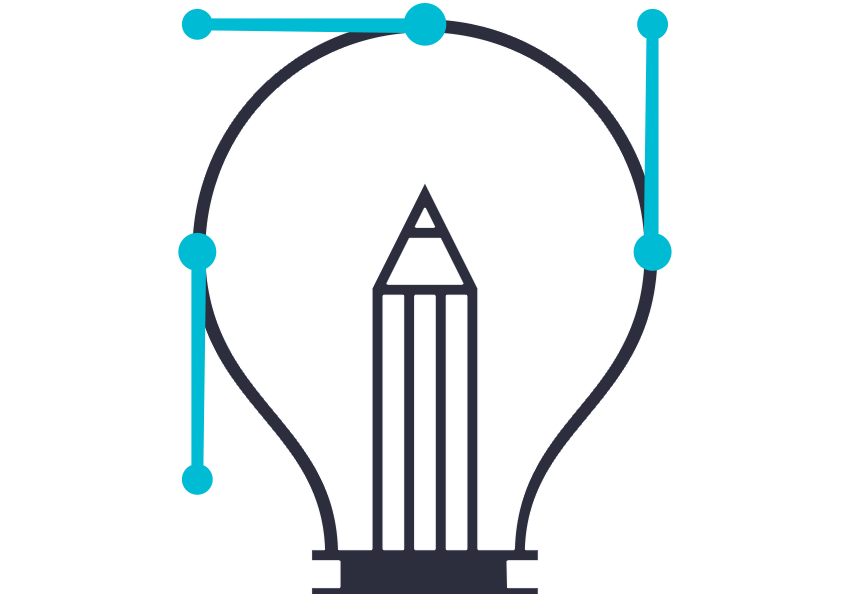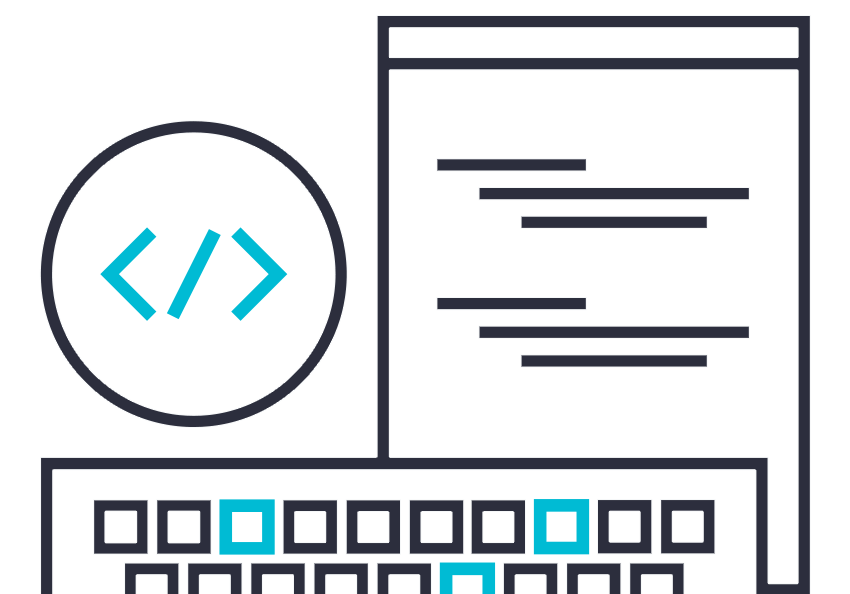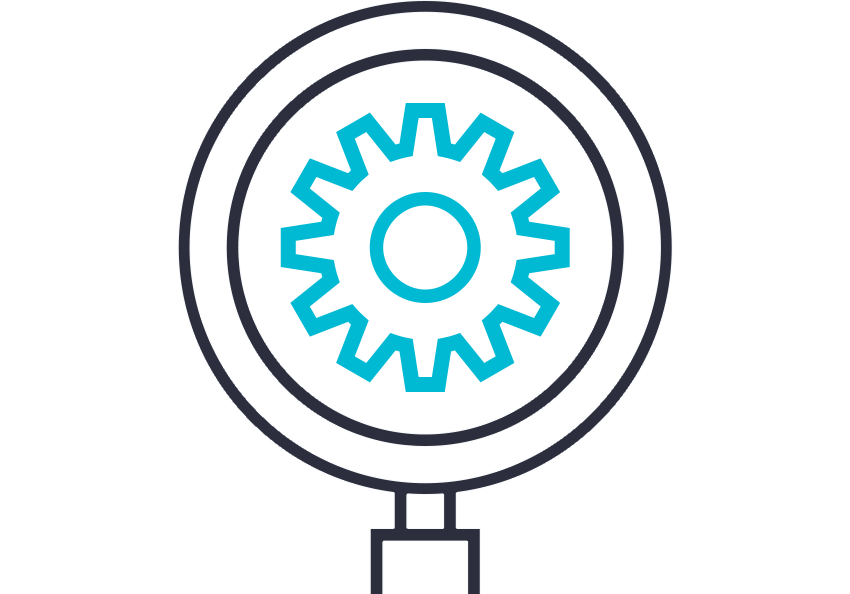What is POC?
A proof of concept (POC) serves as a stimulant for those businesses looking to leverage the RPA technology to improvise their business process outcomes. A POC can be built for one entire process or a small part within the process. A POC specific to a process stands as a proof to validate if the bot can serve as a solution and if it can work as expected, within the current business environment.
Key Success Matrix
The POC Success Matrix provides a structured approach to assess and analyze the outcomes and success criteria of a POC, enabling organizations to make informed decisions about further investment and implementation.
- Clear Objectives and Success Criteria
- Evaluation Metrics and Indicators
- Quantitative and Qualitative Analysis
- Risk Assessment and Mitigation
- Decision-Making Framework
OUR PROCESS
Each of Data Centure service offers SIMPLE & LEAN methodologies. Developed over years of Software Solutions and Implementation, our methodologies provide the framework to ensure that each initiative adheres to the guidelines, practices and principles necessary for success.






